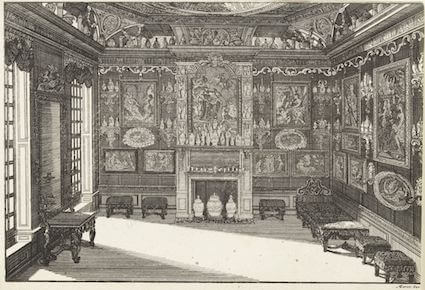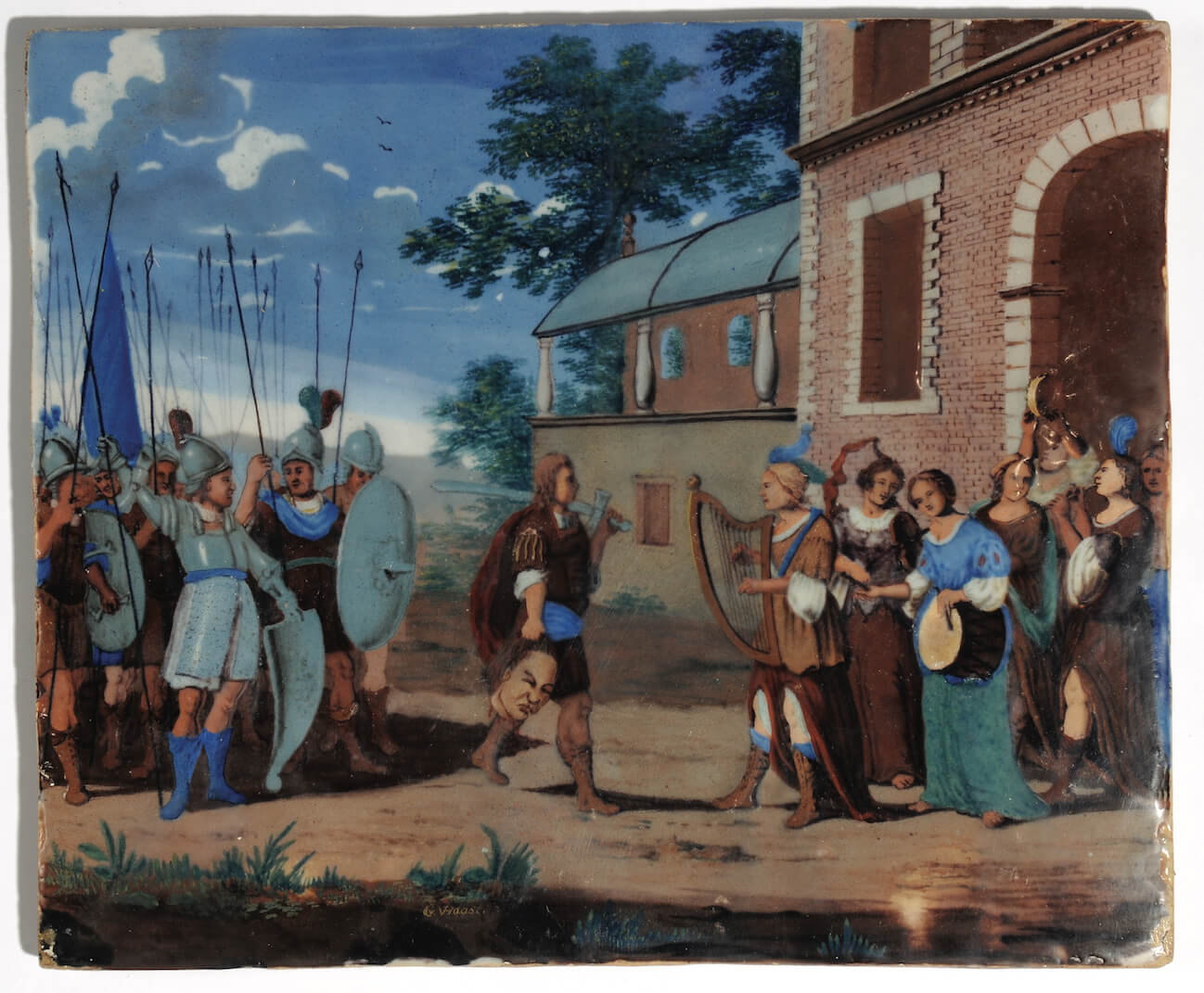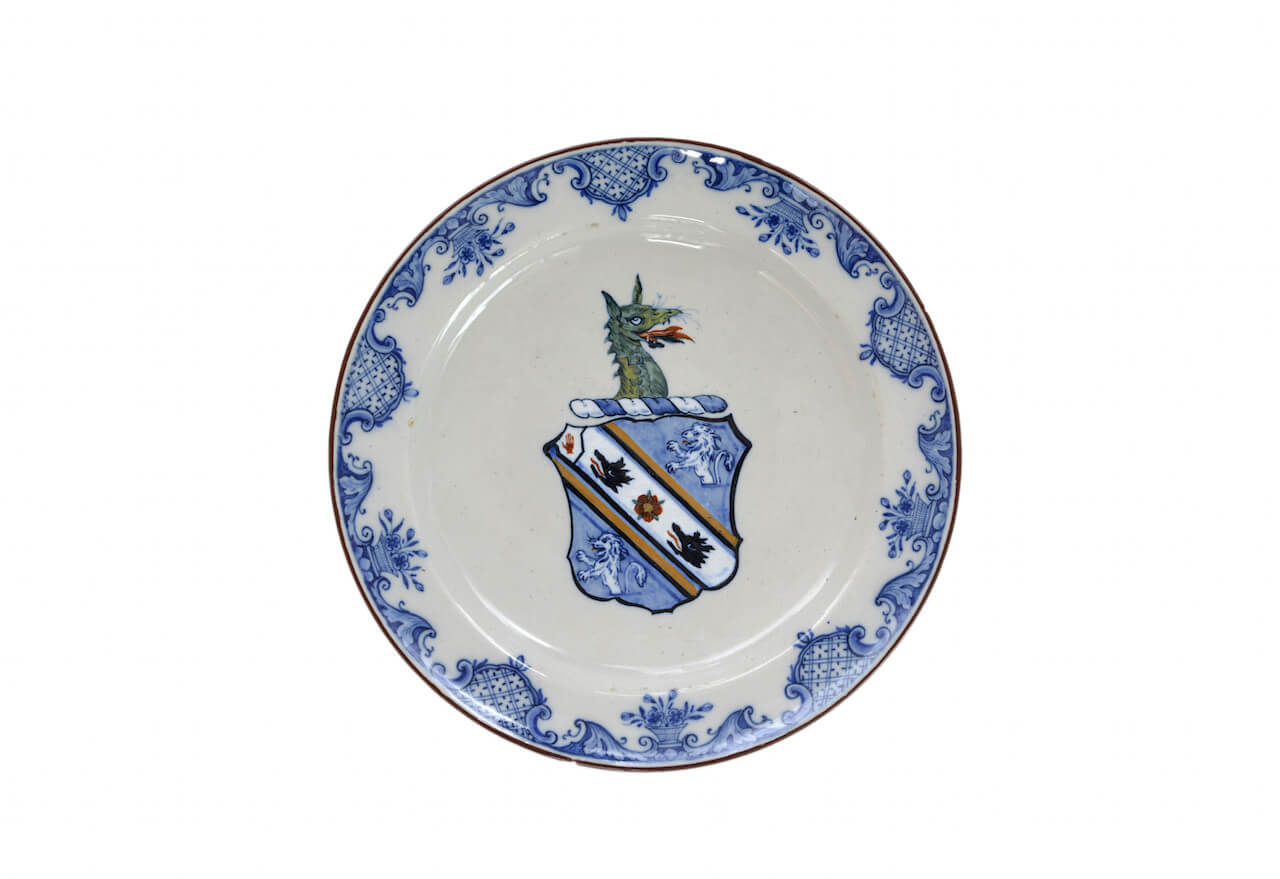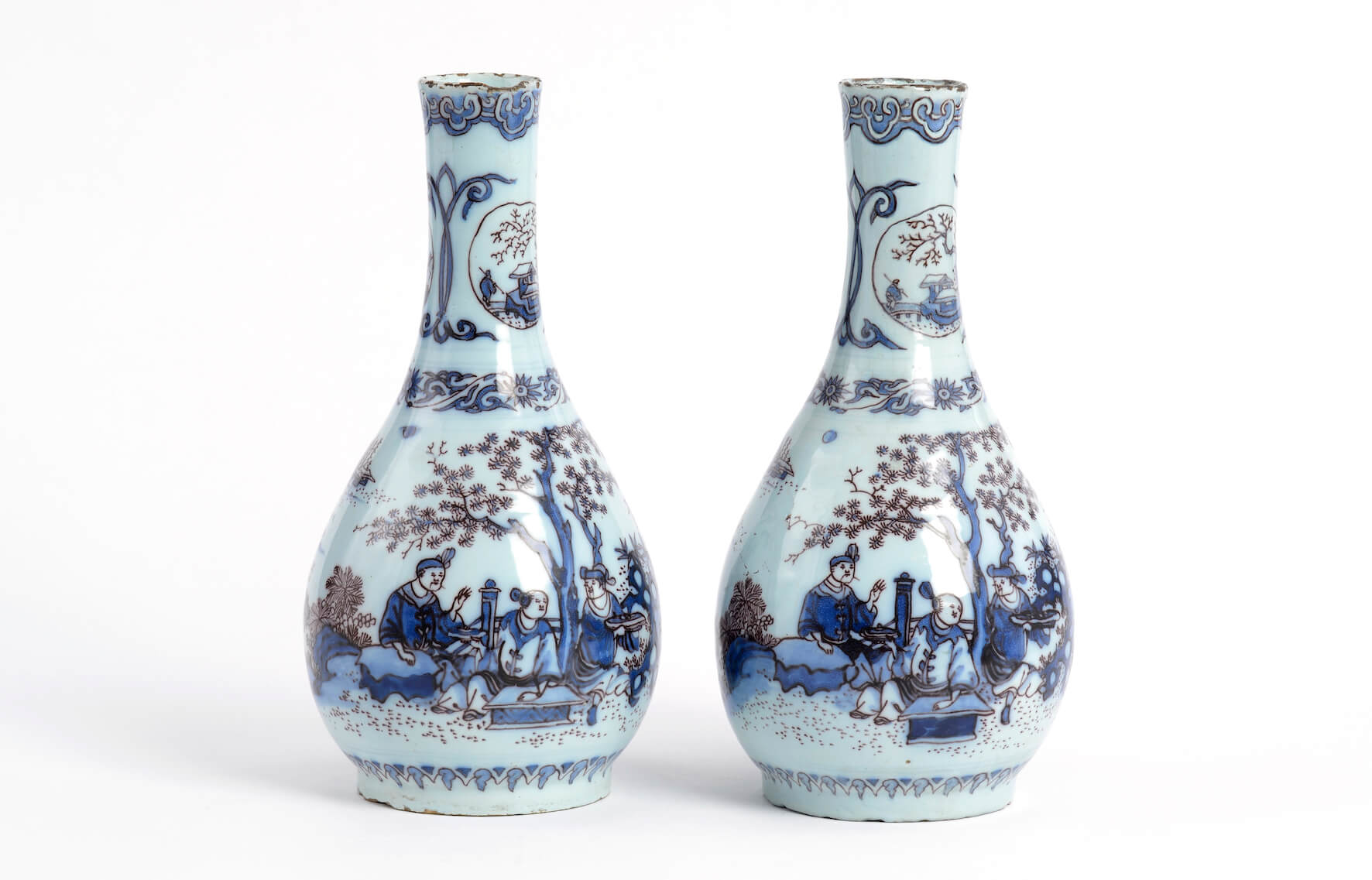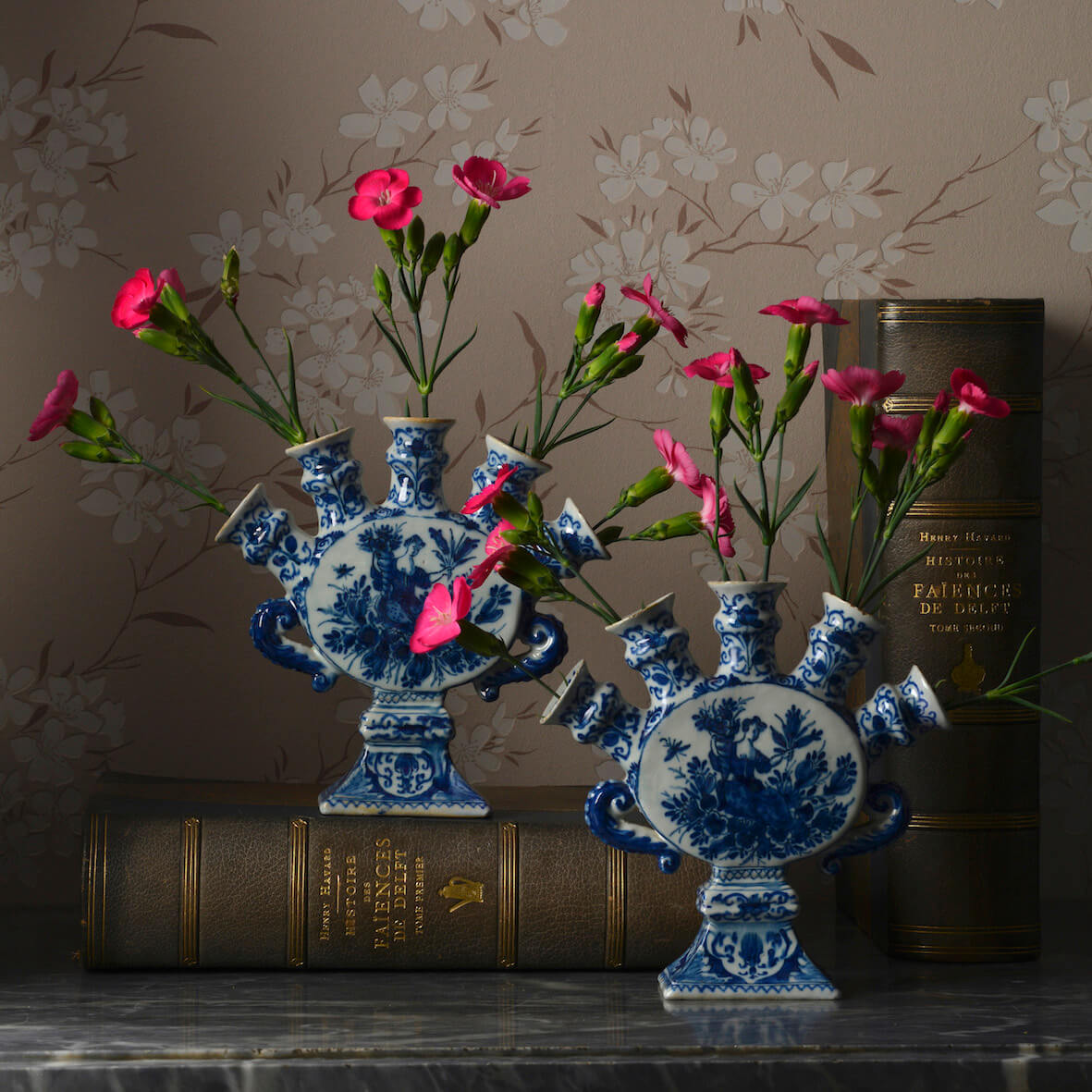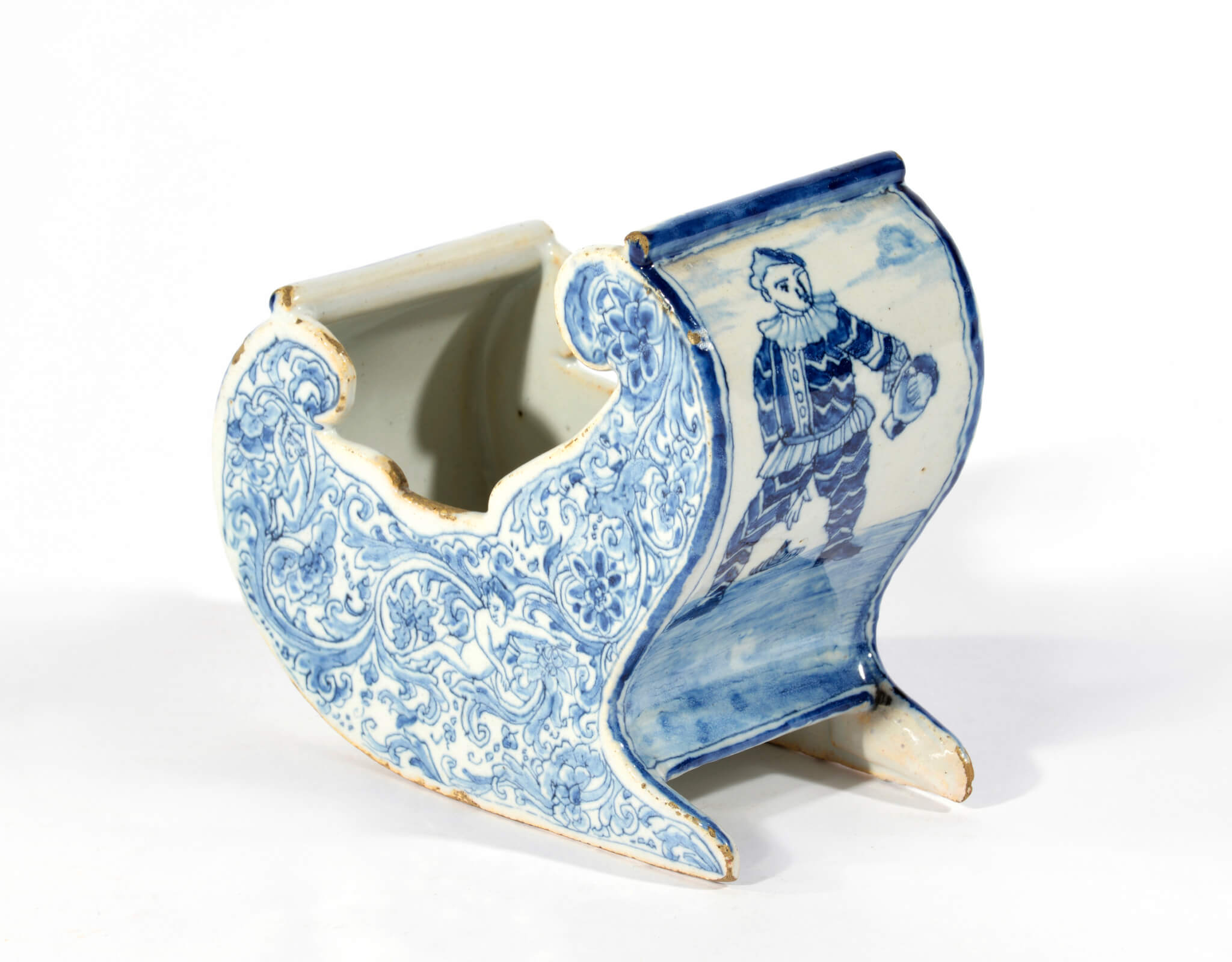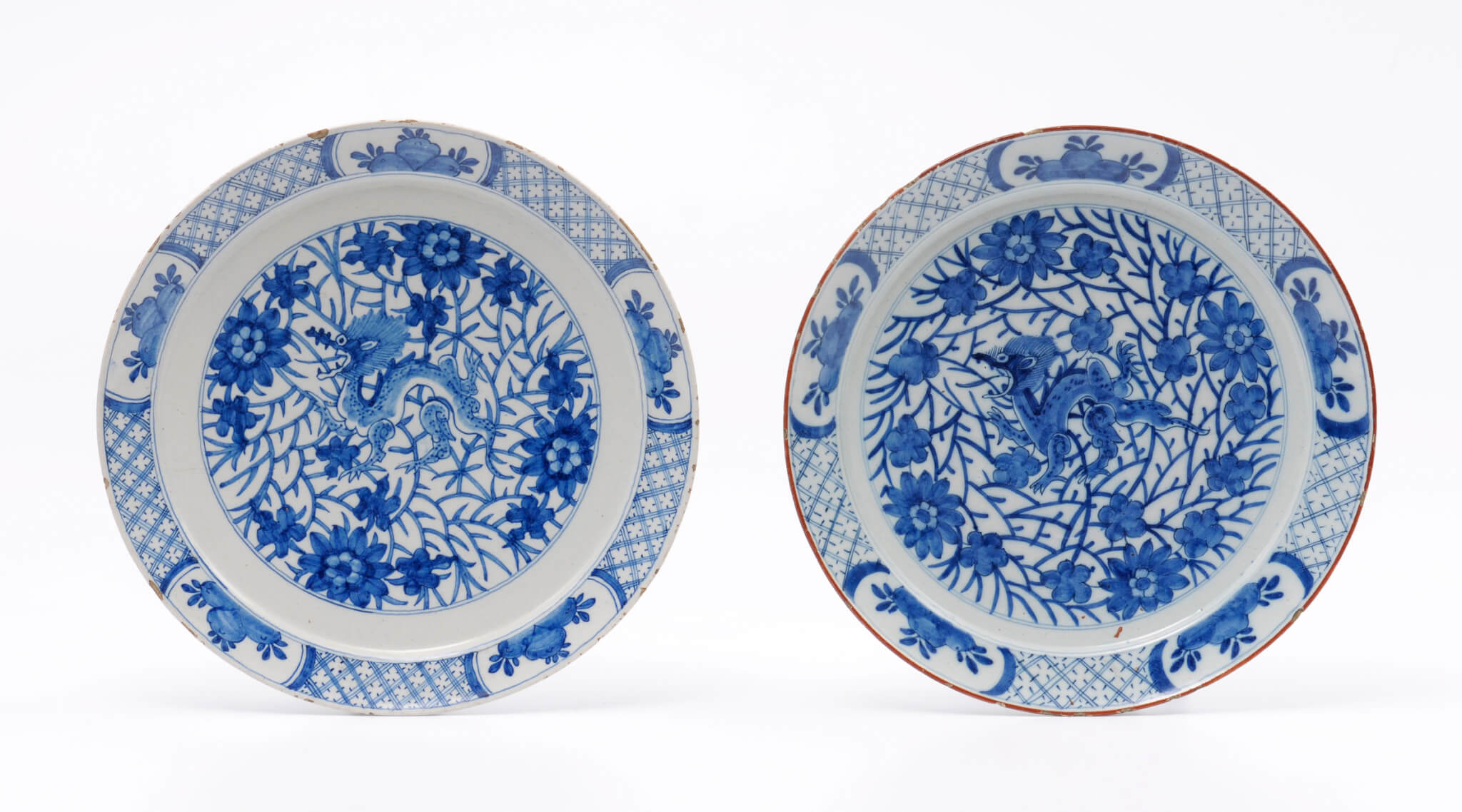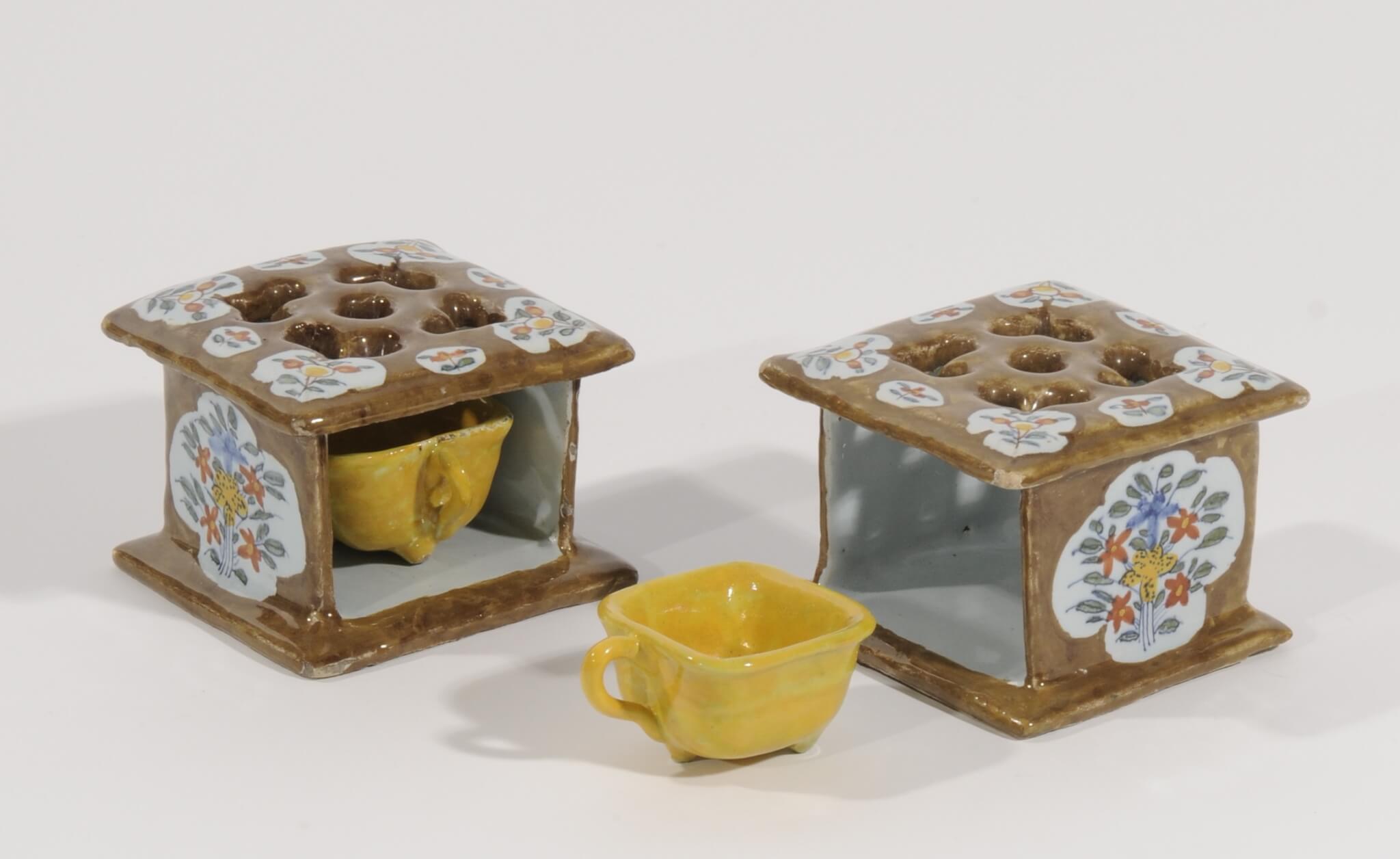The Decorative Designs of Daniel Marot
The French architect, designer and engraver Daniel Marot (1661-1752) was born into a family of artists and craftsmen. His grandfather, Girard Marot, was a cabinetmaker and his father, Jean Marot was named architect of King Louis XIV. Jean Marot (1619-1679) is well known today for his contribution to seventeenth-century French architecture. In 1686, Daniel Marot…

